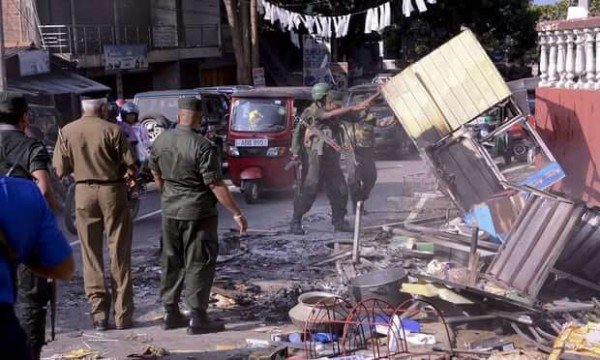
In South India, an entire city that has since been lost and forgotten was once described by a Portuguese trader as "large as Rome and the best provided city in the world". It has since become a "city of ghosts", but the ruins of a bygone glorious civilization still remain.
Located in Thanjavur, the Brihadeeswarar Temple (also known as the Peruvudaiyar Koyil) was built in 1010 AD by the Tamil King Raja Raja Chola I.
Although Hinduism forbids the taking of life, King Raja Raja Chola I was responsible for the deaths of hundreds of thousands in expanding the Chola Dynasty across South India, Sri Lanka, and Southeast Asia. Consequently, Raja Raja the Great embarked upon a building frenzy, erecting glorious temples as his way of appeasing the gods.
The largest of these temples, the Brihadeeswarar Temple, was the largest and tallest temple ever built. It is big enough to house 200 Taj Mahals. It can hold the Kremlin, the U.S. Senate, the Houses of Parliament, and still have room for the Palace of Versailles and St. Peter's Basilica.
The temples soar hundreds of feet into the sky and are all made of granite, one of the hardest stones to cut and shape. Stones from the nearest quarry, over 50 miles away, were moved by river rafts. Trained elephants were used to drag the slabs to the building site. Hundreds of thousands of tonnes of stone were moved to erect these temples - more stone than was used to construct the Pyramids of Giza.
The fascinating documentary Mysteries of Asia: The Lost Temples of India details the story of these lost temples, many of which were buried beneath a thick canopy of forest and discovered only recently. Described as "beyond imagination" in their scope, size and architecture, it is a testament to a once glorious Tamil empire.
httpvh://youtu.be/mwdrfmHVqaw
























